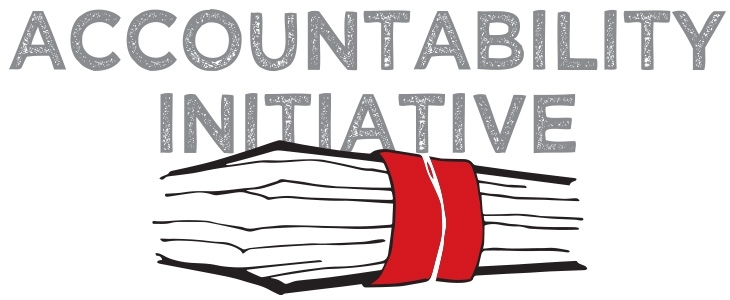
Do information campaigns result in greater collective action? Lessons from experience on the ground.
11 August 2010
This blog post is the first of a series based on experiences my colleagues and I had while implementing an information campaign on school expenditures aimed at mobilizing Parent Teacher Associations in a small cluster of villages in Sehore District, Madhya Pradesh (MP). The experience reinforced some of the fundamental contradictions in current systems of delivery and why accountability is near impossible. It also brought home the importance of giving greater discretion to communities to identify needs, direct expenditures and monitor implementation.
First some background. Our work in MP is part of a project called PAISA. PAISA tracks expenditures and implementation processes of social sector programs with a view to improving accountability for public expenditure.
Our work in MP began with a survey where we collected data on school expenditures. The focus was on school development grants – about 10 percent of the total SSA budget. Small as they are, these grants are the only portion of SSA monies that actually reach the school. According to the SSA implementation guidelines for MP, these grants are meant to be spent by the Parent Teacher Association (PTA) – a body comprising of parents and the school headmaster tasked with making plans for expenditures and monitoring school functioning. In practice PTA’s are dysfunctional. They rarely meet, have very little information on their roles and responsibilities and almost never make plans. Our plan was to use information on expenditures to catalyze the PTA to participate in planning and monitoring and demand accountability at the school level.
Panchayats are corrupt. And in fact, they said, even the current system which devolves money to PTA’s has resulted in poor expenditures and political capture. There may well be some truth to this argument.
Eight months on, we discovered that meaningful participation and real accountability is near impossible in the current institutional environment. A short anecdote illustrates the case. Dhaba is a small village with a primary school and a relatively enthusiastic PTA. In July last year, the PTA members decided that they would spend their school grant on repairing a leaky roof so that classes could be held during the monsoon.
So far so good. But the monsoon came and went and money never arrived. To fix the problem, the Gram Panchayat was our first port of call. But we were quick to discover that under SSA, the Gram Panchayat has almost no power and no authority and so the Panchayat president washed his hands off the issue. Next we went to the block office and spoke with the Block Resource Centre Coordinator. But he too didn’t take responsibility. Monies come directly from the state office in to the PTA account he told us and it was not his responsibility nor was he empowered to ensure it arrived. The story at the district was almost the same. And what was worse, no one was able to clearly tell us when the PTA could expect the money. Money did arrive but only in December by which time the monsoon had come and gone and a disillusioned PTA stopped holding meetings.
The fundamental problem this experience highlights is that powers and responsibilities are never clearly assigned in the delivery chain and as a result, officials at every level can quite legitimately pass the buck leaving a bewildered citizenry wondering where to affix accountability.
We did eventually find the reason for the delays and in fact we even saw action but only when we made it to the State Government office. And here lies the second problem. That authority and powers for implementation are so centralized that ground level problems are rarely identified and therefore rarely addressed. Think about it, given the average size of our states, it is impossible even for the most efficient bureaucracy to regularly monitor implementation and resolve bottlenecks. A little bit of discretion at the local level and more powers to address local problems could go a long way in resolving the problems that Dhaba encountered.
But discretion cannot be at the district or even the block. It ought to lie with the Gram Panchayat which is the closest government authority to the people and therefore the best placed to identify problems and find solutions.
When we made this argument to officials across the chain we got the same response: Panchayats are corrupt. And in fact, they said, even the current system which devolves money to PTA’s has resulted in poor expenditures and political capture. There may well be some truth to this argument. The solution lies in institutionalizing checks and balances and creating systems that reward performance and not curbing discretion. Moreover, greater powers at the local level may also encourage innovations which are near impossible in the current system where jurisdictions are so large that the system is bogged down by challenges of day to day management.
In sum, accountability in a system which does not clearly affix responsibility is impossible. But responsibility needs to be fixed at the point of government closest to people so that problems are identified and resolved swiftly. In the next post, we examine constraints to effective planning at the grassroots. Watch this space!
Yamini Aiyar is Director of the Accountability Initiative.





